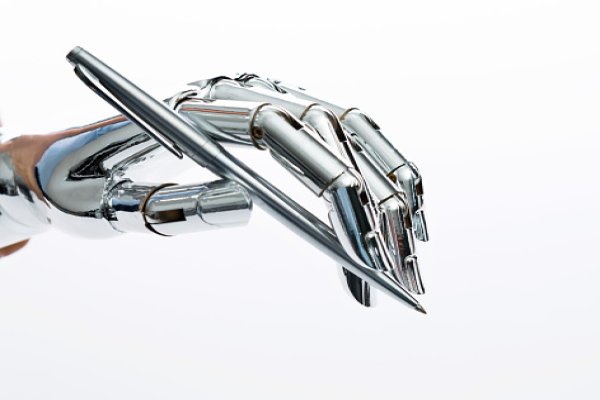As the field of artificial intelligence continues to advance, one exciting application that has emerged is the use of large language models to answer a wide range of questions, from scientific inquiries to everyday problems. One such model, ChatGPT, has been trained by OpenAI to generate human-like responses to text-based prompts.
The survey of Nature readers has revealed that researchers are excited to try using AI tools such as ChatGPT, a sophisticated chatbot, in their work. However, participants also worried that erroneous or false information might be generated.
Approximately 80% of 672 surveyed individuals have utilized ChatGPT or a comparable Artificial Intelligence application at least once. More than 20% use such AI tools frequently – 8% stated they employ them daily, and 14 % utilize them multiple times weekly.
Approximately 38% of those surveyed know that other researchers use chatbot technology for their academia and teaching efforts.
27%, the highest percentage of respondents, used ChatGPT or similar tools for research-related activities such as brainstorming ideas. In addition, 57% of those surveyed reported that they employ the technology for “creative fun not related to research.”
Roughly one in four survey respondents stated that they utilize machine learning technology to formulate computer code. Meanwhile, 16 percent also confess its use in creating research manuscripts, presentations, and literature reviews.
Around 10% of respondents indicated the use of technology for grant application writing, while another 10% reported the use for graphics generation. (This data was collected from a sample of roughly 500 individuals; an error in the polls meant that people could not pick two or more options initially).
Respondents to the survey distinguished between the potential benefits of generative AI, particularly for research projects requiring tedious, laborious tasks such as data crunching, coding, and searching the literature. Others flagged their concerns over its use.
Jessica Niewint-Gori is affiliated with INDIRE – an institute the Italian Ministry of Education runs to further educational research and innovate teaching techniques. INDIRE operates out of Florence, where Jessica engaged in her research activities.
Jessica Niewint-Gori says:
“It’s a good tool to do the basics so you can concentrate on ‘higher thinking’ or customization of the AI-created content.”
Some thought that AI could potentially act as a time and effort saver in writing tasks by providing an outline that could then be worked on to obtain a much-refined finished article.
Dhiliphan Madhav, a biologist at the Central Leather Research Institute in Chennai, India, states.
“Generative language models are really useful for people like me for whom English isn’t their first language. It helps me write a lot more fluently and quicker than ever before. It’s like having a professional language editor by my side while writing a paper.”
Explore The World Of Fictitious Literature With Us
Despite the perceived benefits of Artificial Intelligence tools, many respondents remained concerned about potential misuse and errors or bias in the results provided. Although optimism was reflected, worries remained around the reliance on such systems.
Munich’s Ludwig Maximilian University is where Sanas Mir-Bashiri, a molecular biologist, is currently based.
Sanas Mir-Bashiri says:
“None of the publications actually existed. I think it is very misleading.”
Many worried these tools could be abused – whether for deceiving teachers by passing off copied assignments as one’s own or for fueling fear by disseminating false scientific messages.
Scientists have expressed alarm at the possibility of artificial intelligence (AI) being employed by paper mills to create bogus scientific literature. Additionally, they noted the dangers posed by excessively relying on AI as writing tools, citing potential restrictions on creativity and hindrances to learning.
Retired Italian biologist Maria Grazia Lampugnani believes that the key to success regarding AI is to use it as a tool while respecting and upholding human work. Rather than aiming to replace work altogether, AI should be seen as an asset assisting labor.
Maria Grazia Lampugnani says:
“AI can be a useful tool. However, it has to remain one of the tools. Its limitations and defects have always to be clearly kept in mind and governed.”
As we’ve seen, ChatGPT is a powerful tool that can help Nature readers explore complex scientific topics and gain a deeper understanding of the natural world. Whether you’re a researcher looking to answer a specific question or a curious individual seeking to broaden your knowledge, ChatGPT’s ability to generate human-like responses can be invaluable.
Source: Nature



